The majority of the most important reactions and interactions in nature take place at interfaces. Contacting organic, inorganic, and biological components creates a complex, often heterogeneous and kinetic environment that mediates various biophysical and biochemical processes across biosphere, hydrosphere, and atmosphere. Understanding these processes and their role in, for instance, nutrient cycling, behaviour and effects of environmental pollutants, or redox reactions, requires systematic inquiry into the drivers and factors defining the formation, structure, and properties of those interfaces. The prerequisite, and a challenge for such studies, is the ability to address the relevant spatial and temporal scales at which the processes take place. State-of-the-art analytical techniques offered at large scale synchrotron facilities or neutron sources provide unprecedented capabilities for this purpose. For instance, the biogeochemical processes taking place in the rhizosphere – the interface between plant roots, microbes, and soil – play a vital role in terrestrial carbon and other nutrient cycles. They are responsible for sustaining plant growth for food, fuel, and fibre production, but also other ecosystem level functions. While synchrotron radiation- based X-ray tomography and neutron techniques provide insights into larger scale 3D structure and water fluxes in the rhizosphere, X-ray spectroscopy and imaging help unravel the microscale processes governed by soil microbes at the interfaces with plants, other microbes, and minerals. Together, these approaches provide whole rounded information about rhizosphere systems and their responses to environmental change, such as extreme climatic events (e.g., droughts vs. excessive precipitation) or changes in agricultural practices. Therefore, WG4 will work towards promoting their wider and complementary applications, by bringing together researchers interested in different rhizosphere processes taking place at different spatial and temporal scales. It will also build competence in the community via training activities and mentorship.






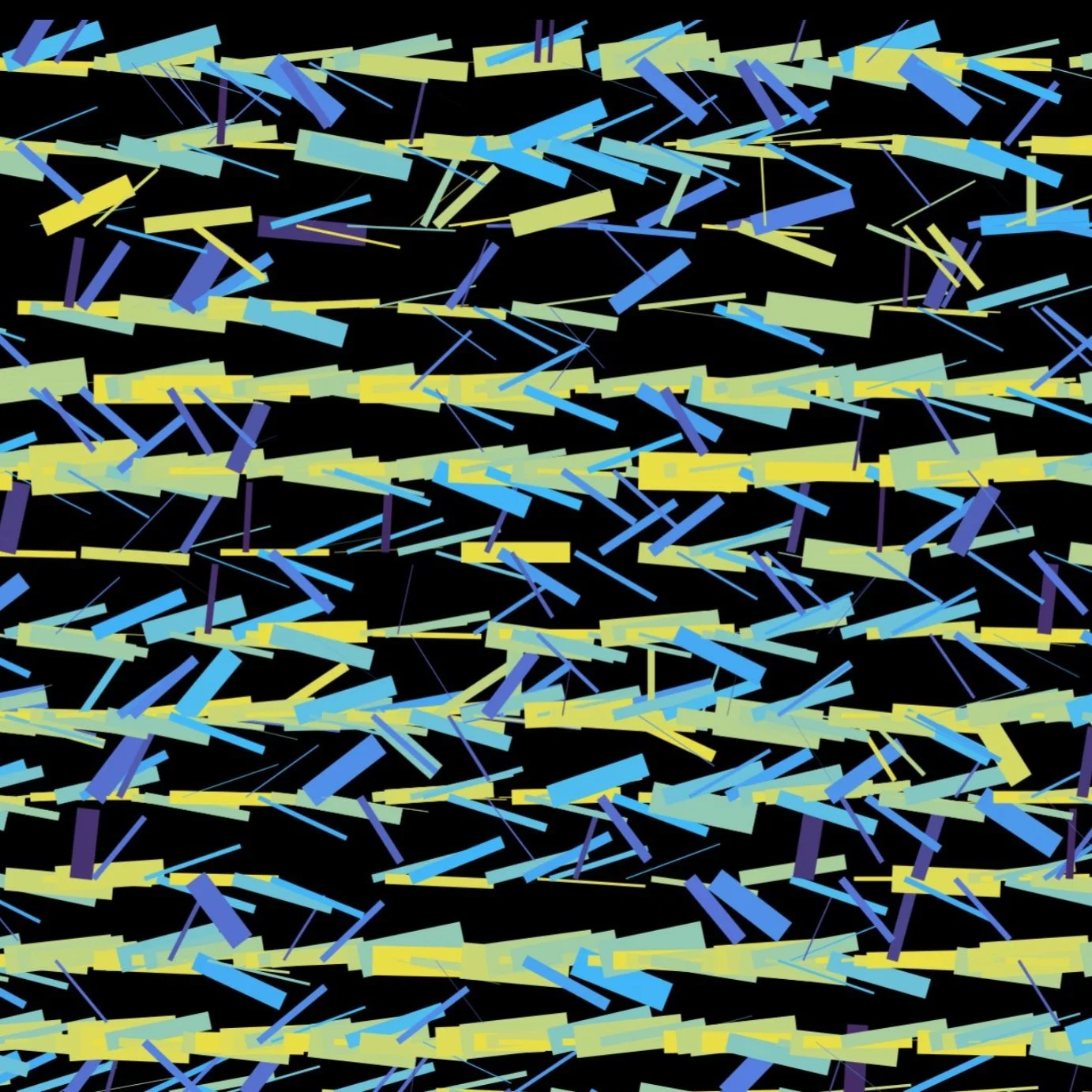




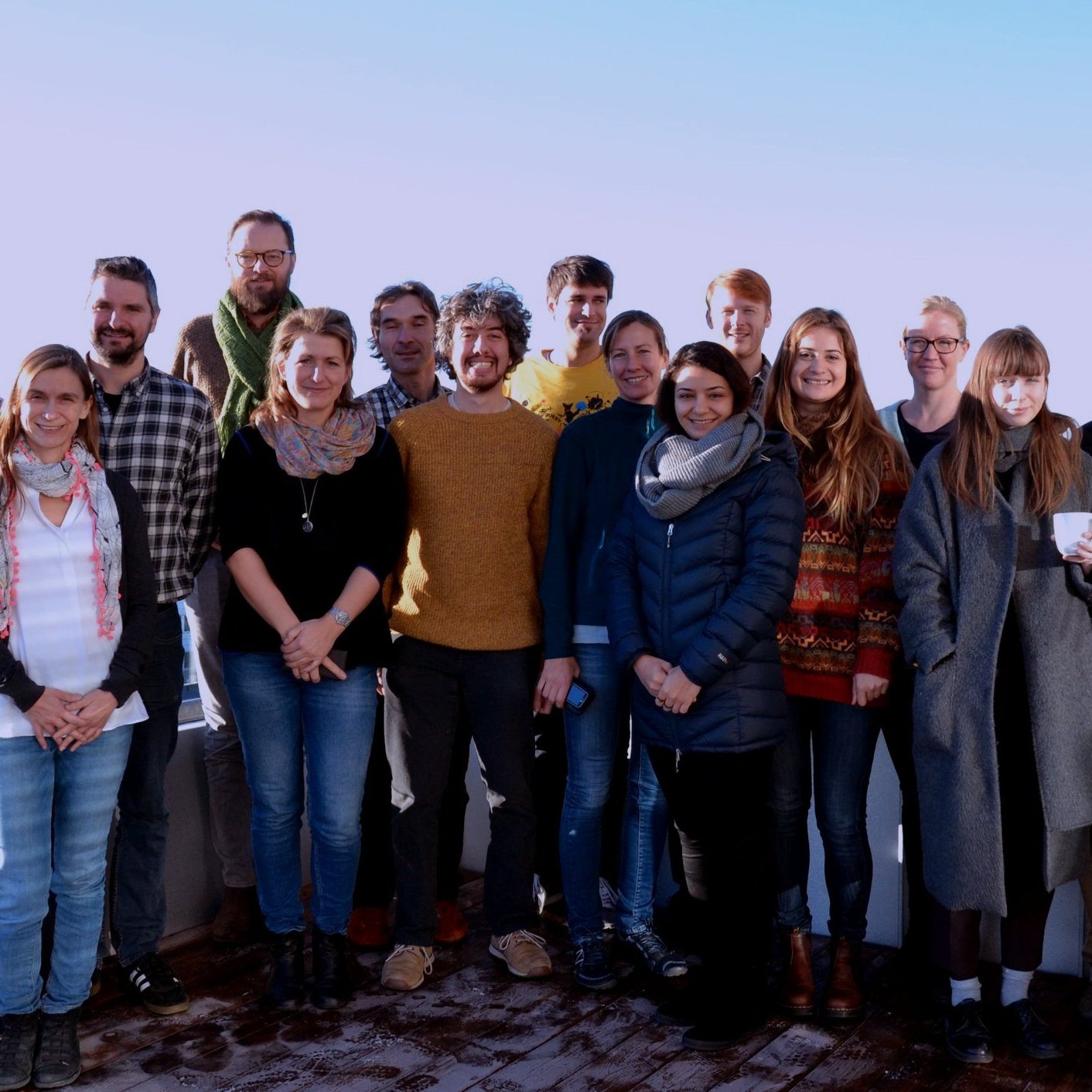
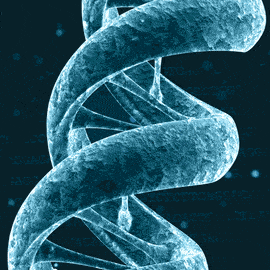

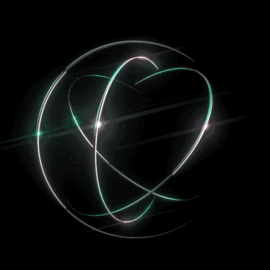


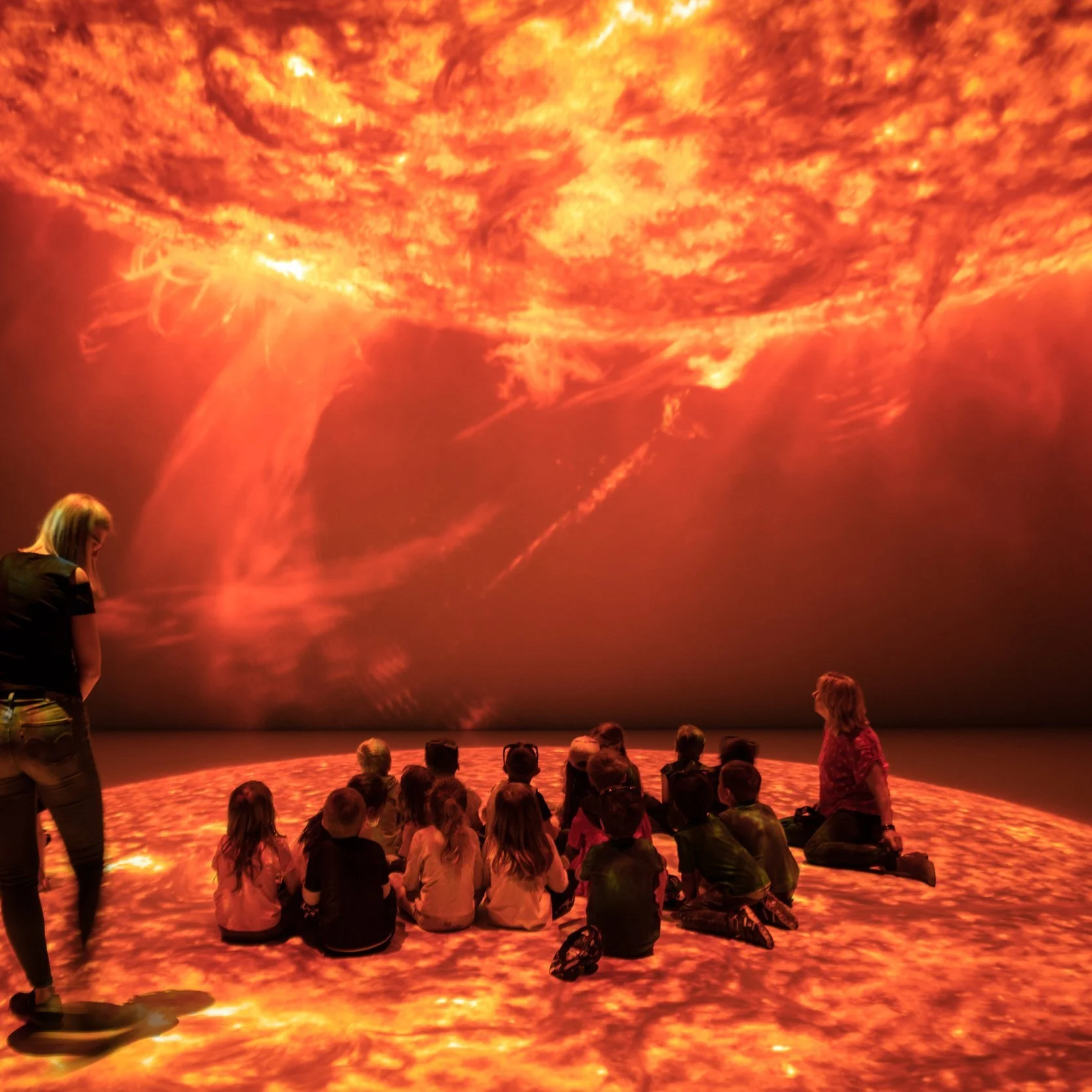
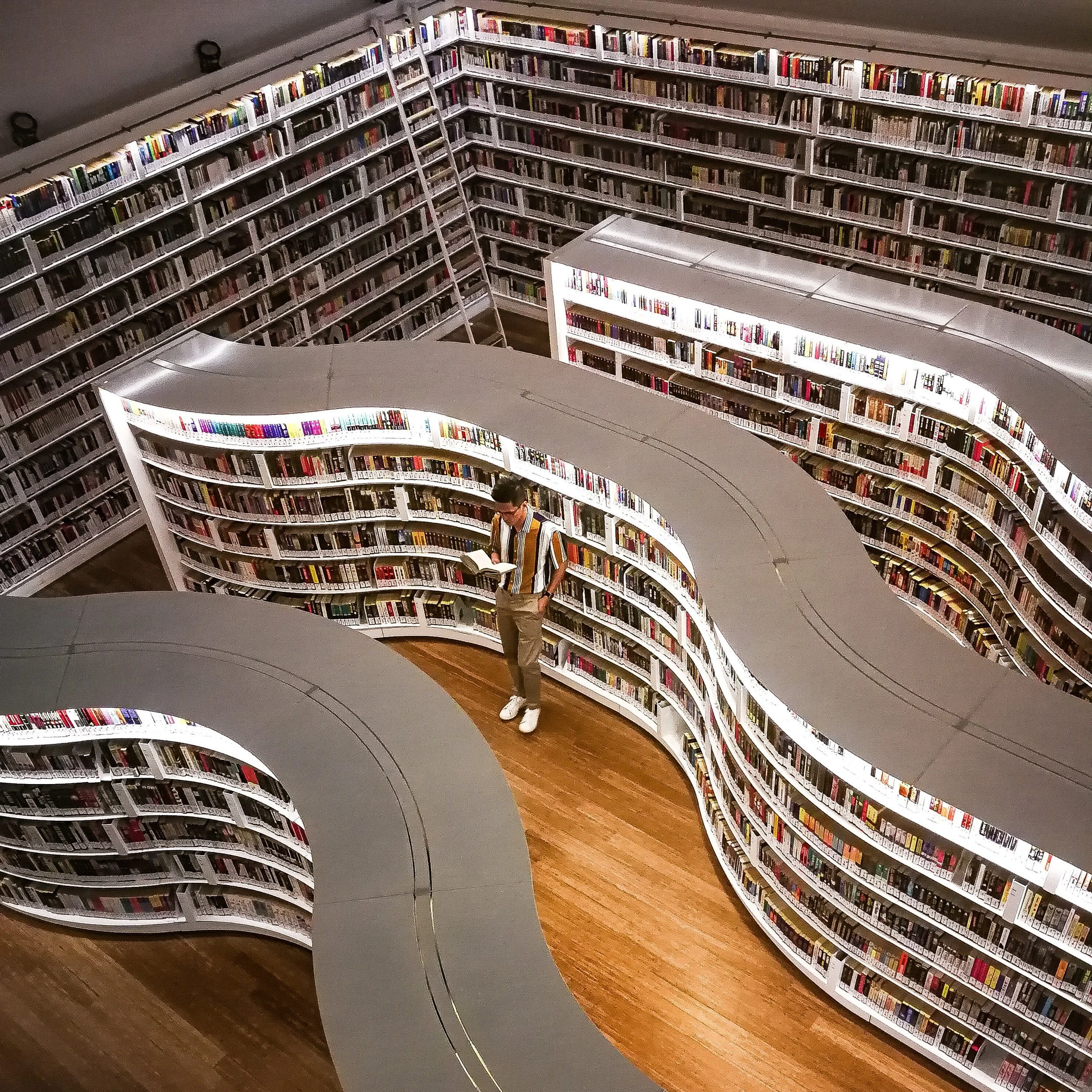
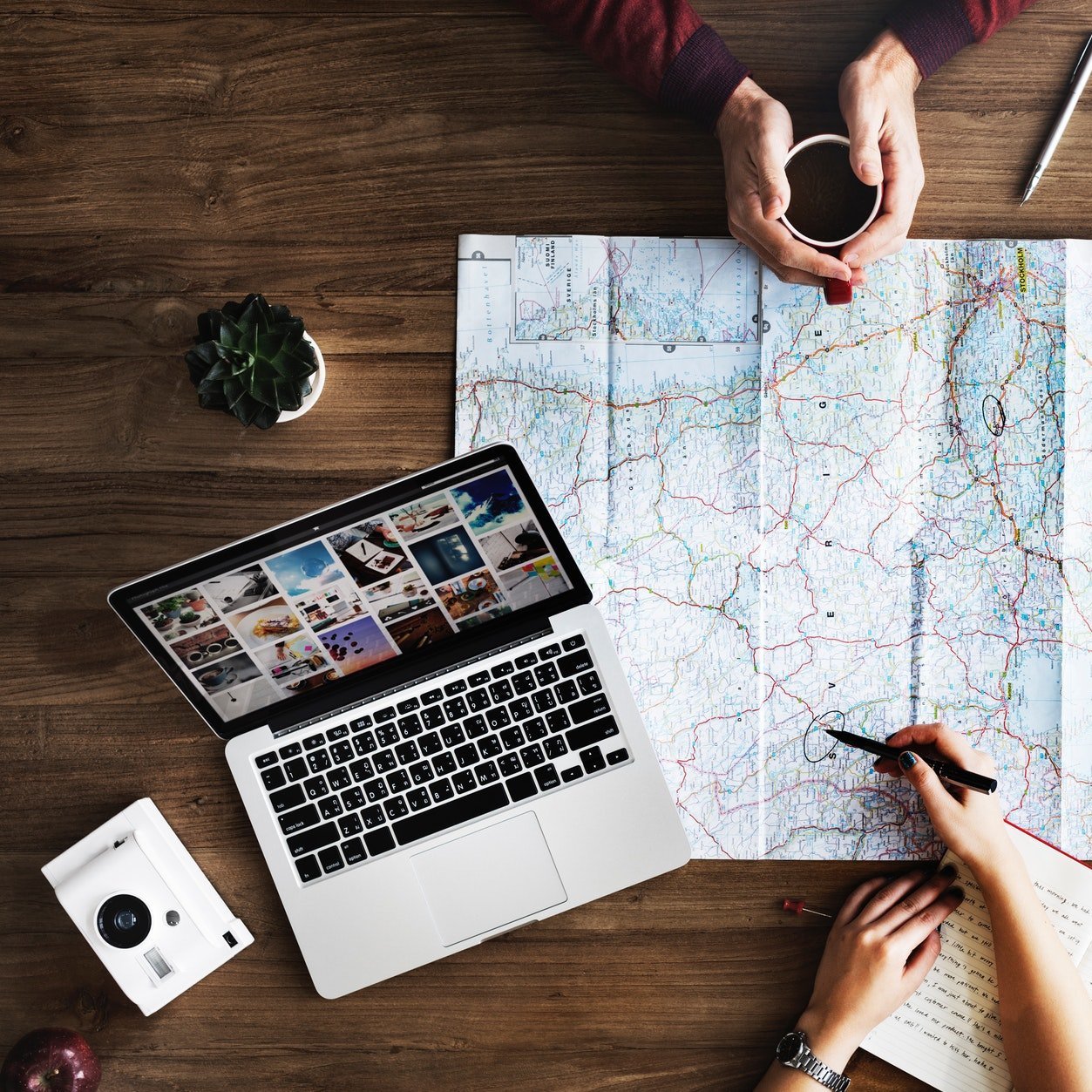


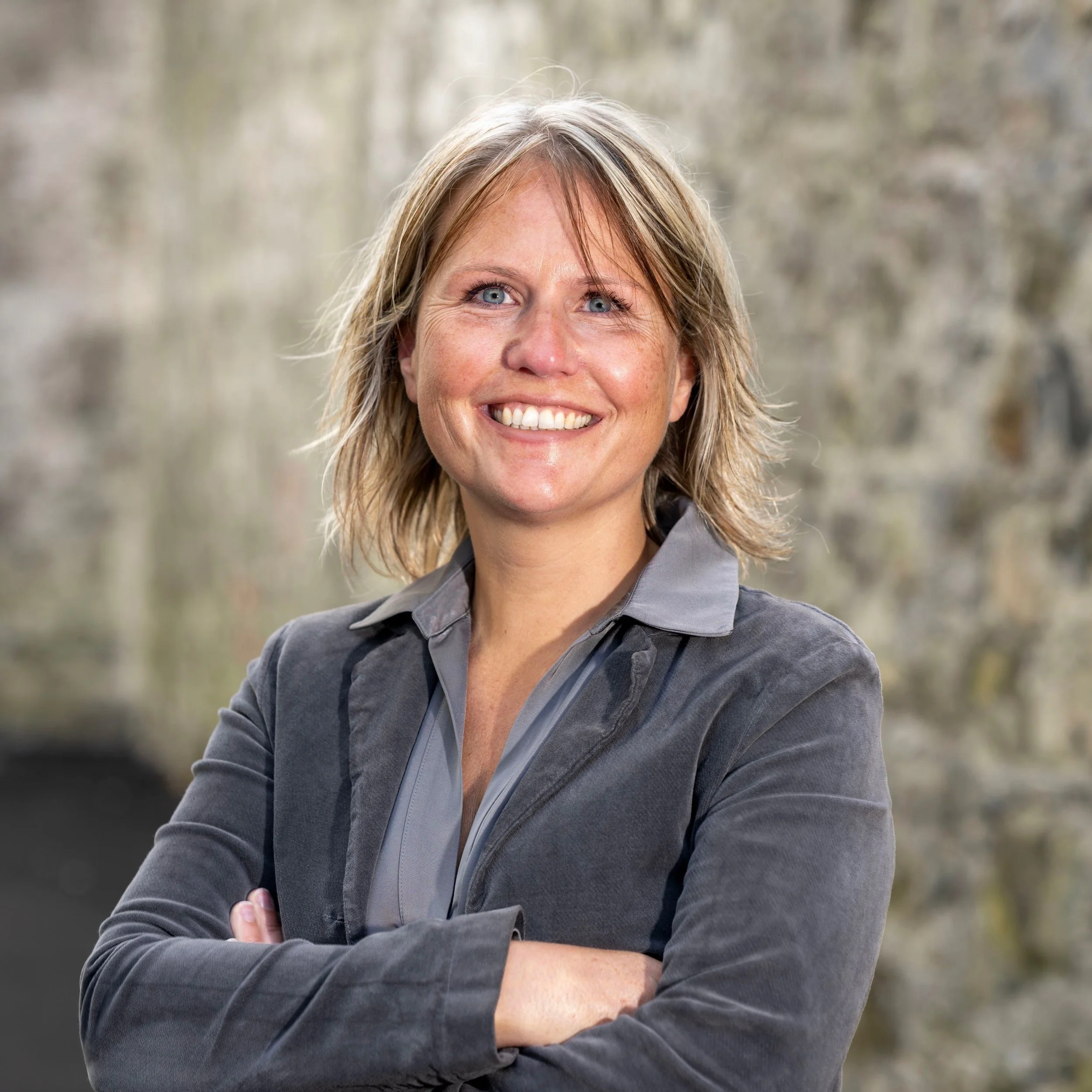











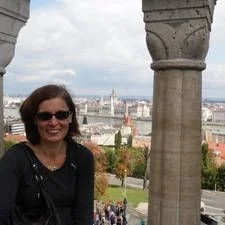


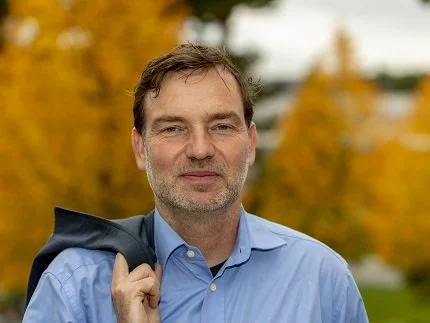




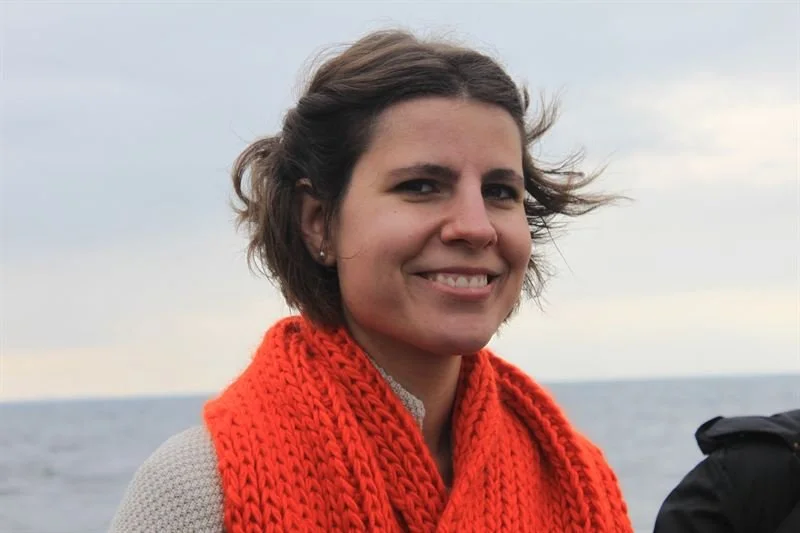
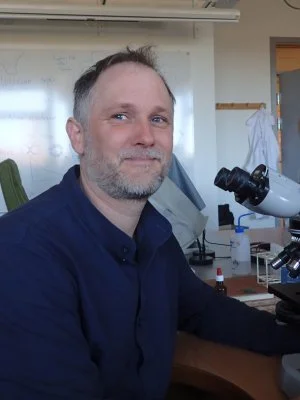



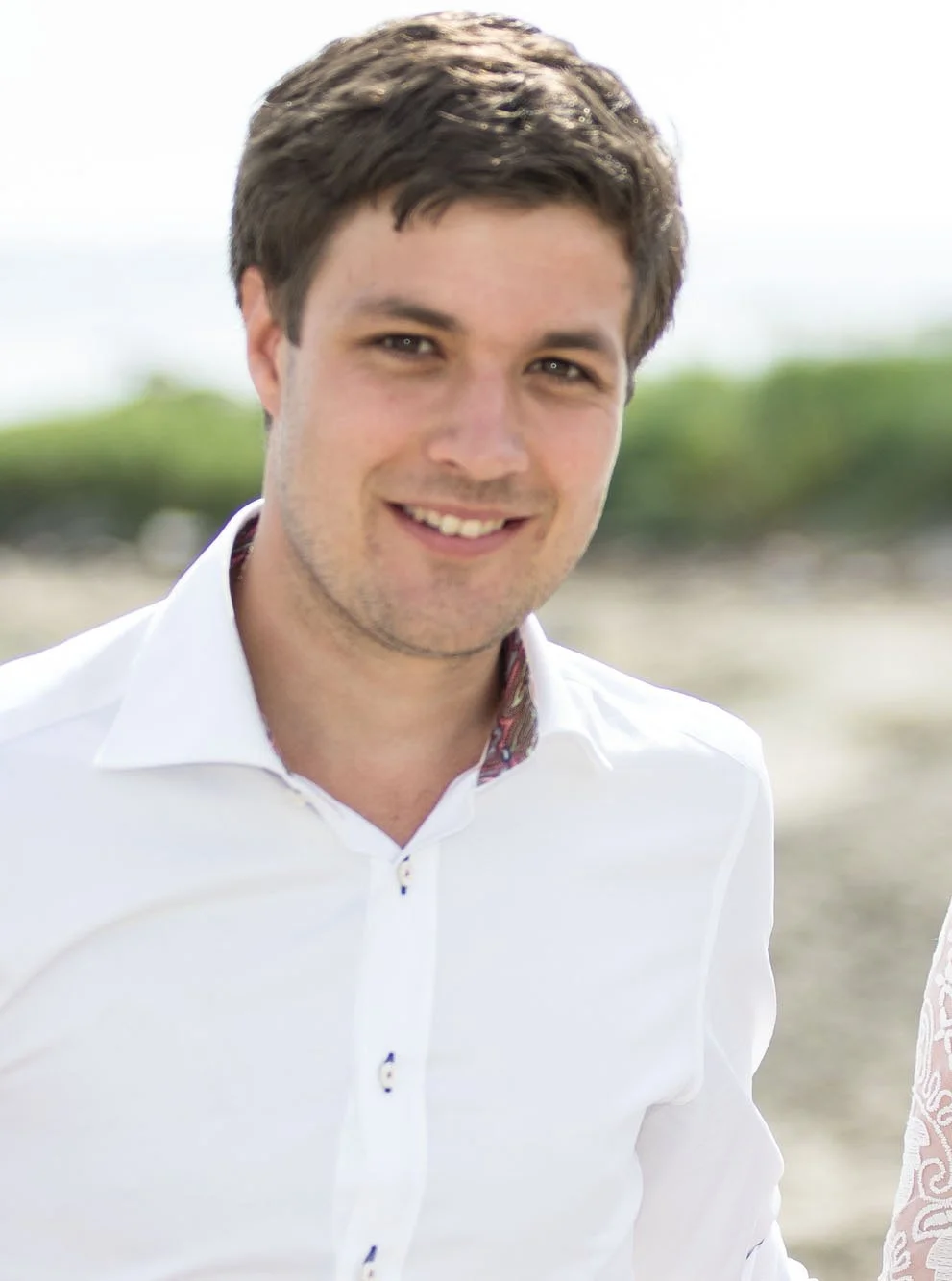
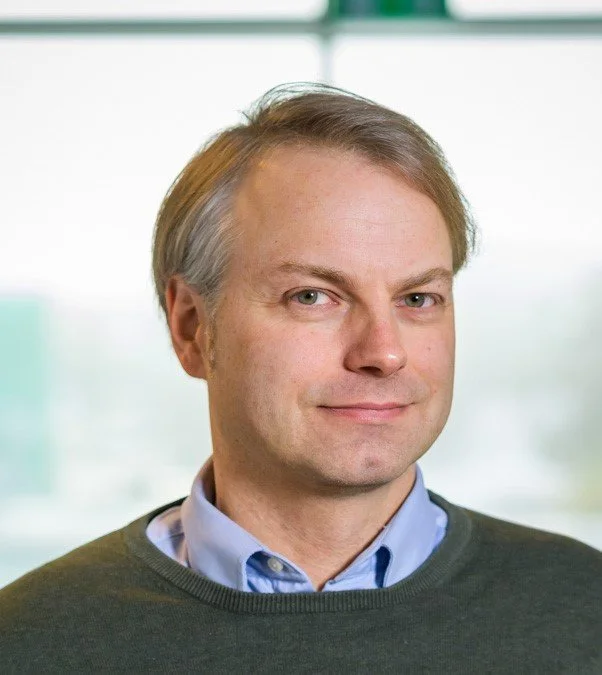


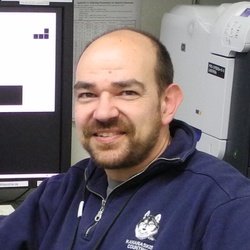

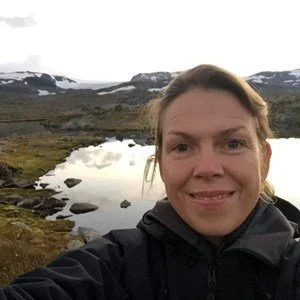
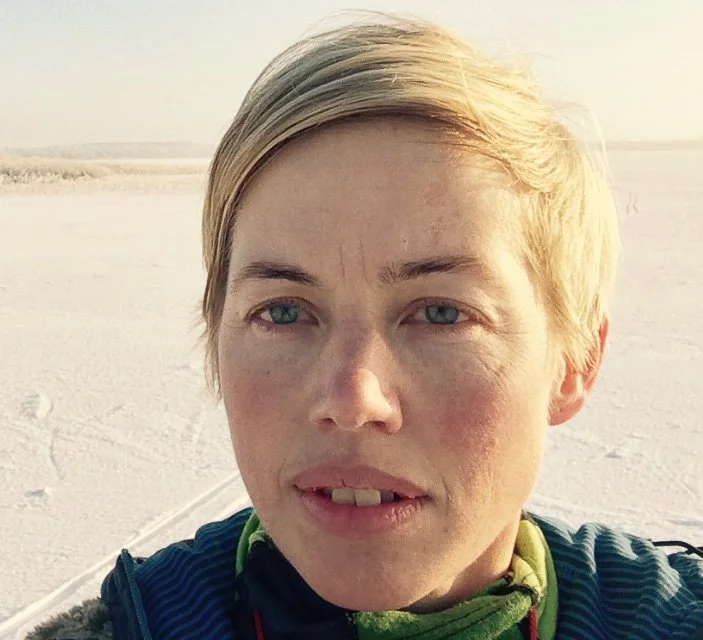
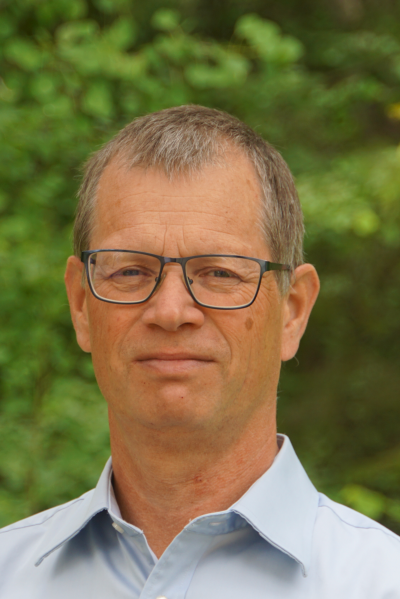


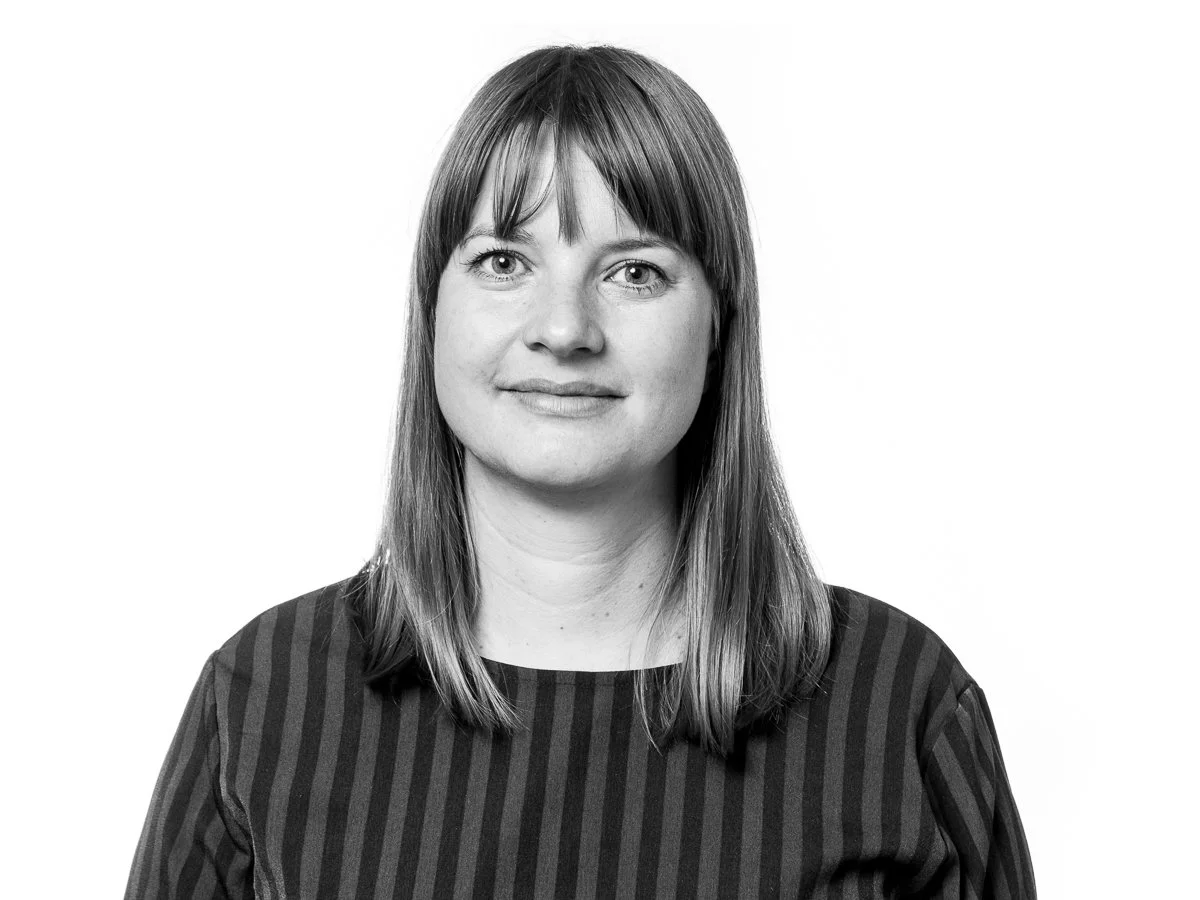






Environment and Climate Core Group leader, Coordinator of Working Group 3 – Nutrient cycles and land-water interactions, LINXS Fellow
Dimitrios Floudas, Associate Senior Lecturer at the Department of Biology, Lund University, Sweden.
Dr Floudas is an associate senior lecturer at the Department of Biology. His research focuses on the ability of filamentous fungi to decompose organic matter. His recent work includes the use of Raman micro spectroscopy and X-ray scattering in the degradation of cellulose by fungi and the use of NMR and X-ray scattering in the decomposition of dissolved organic matter by ectomycorrhizal and saprotrophic fungi and their impact on its colloidal properties. He is interested to further use X- ray and neutron scattering techniques to develop new protocols to visualize the structural and chemical transformations of organic matter ranging from intact materials such as plant cell walls to soil organic matter.